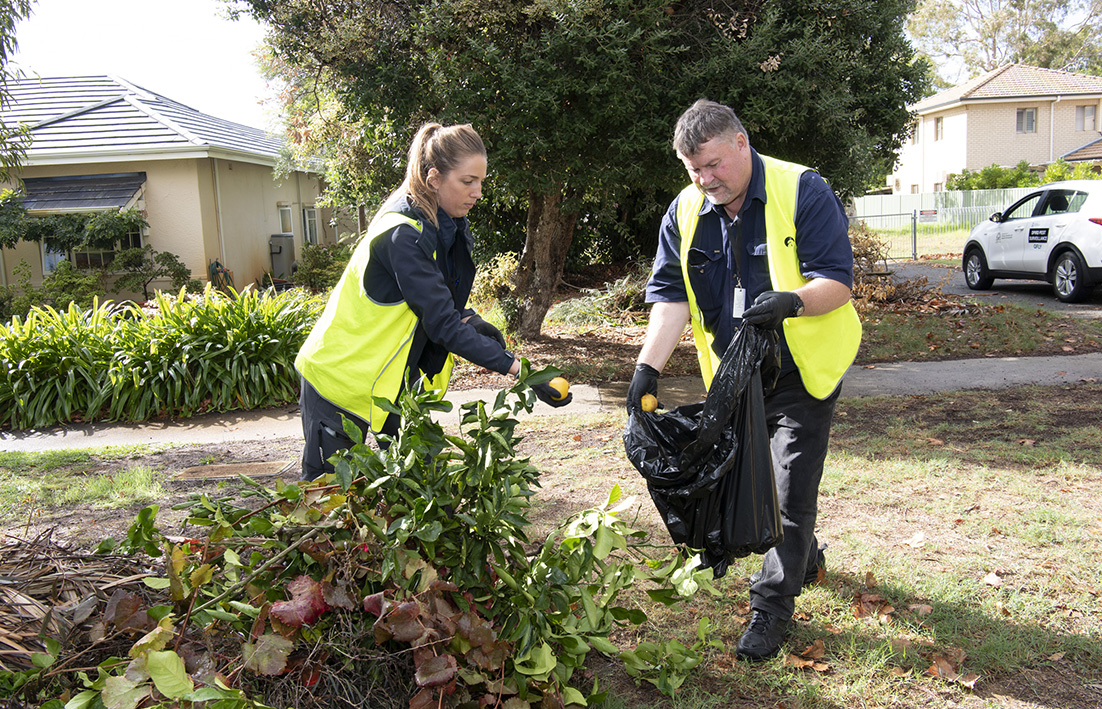
TAGS containing advice for home gardeners on how to best manage fruit trees to help prevent the spread of Queensland fruit fly will be attached to citrus, stone and pome fruit trees prior to sale.
The Department of Primary Industries and Regional Development (DPIRD) has developed the tags, already successfully used in South Australia, and is working with the nursery and garden industry of WA to distribute them to nurseries across the Perth metropolitan area and in the regions.
As part of the response to the Queensland fruit fly (Qfly) in parts of Bayswater a quarantine area has been set up.
The quarantine area covers a 15km radius from the Qfly detection points and includes the local government areas of Kalamunda, Swan, Mundaring, Bassendean, Belmont and Bayswater.
Suburbs in the quarantine area include Ballajura, Cullacabardee, Lexia, Whiteman, West Swan, Dayton, Brabham, Bennett Springs, Caversham, Herne Hill, Stratton, Jane Brook, Swan View, Middle Swan, Viveash, Midland, Midvale, Greenmount, Koongamia, Maida Vale, Gooseberry Hill, Kalamunda, Forrestfield, Wattle Grove Bassendean, Eden Hill, Lockridge.
Citrus growers and viticulturists in the Swan Valley are within the export assurance zone, so requirements for the management of Qfly host fruit in the area are less stringent than the 1.5km area surrounding the Bayswater detection point.
In the export assurance zone commercially grown Qfly host fruit cannot move either within the quarantine area or outside that area unless it is treated.
In March Caversham table grape grower Matt Katich told Echo News that operations for growers had changed minimally as DPIRD Qfly management required them to use baiting and cold storage which were part of most grower’s standard practice.
“We do baiting already… nothing has changed and we are cold storing our fruit,” he said.
“For growers we are already following normal vineyard hygiene – that is why it takes off in the suburbs because people have fruit trees and people tend not to take care of these things.”
The quarantine area is divided into two main zones: the corrective action zone which is the 1.5km area surrounding each detection point and the export assurance zone covers the area in a 15km radius from the detection pointthat is not part of the corrective action zone.
DPIRD has been contacted about the date the trees with the tags attached will be available for customers to buy.
For more information on Qfly and to see a map of the full quarantine area where you can click on your street in the map to see which area your property is in visit agric.wa.gov.au/qflyupdates